Cephalotaxine
Cephalotaxine is a natural alkaloid extracted from the Cephalotaxus genus, known for its potent anticancer properties, serving as a precursor for the synthesis of chemotherapeutic agents such as homoharringtonine, used in the treatment of acute myeloid leukemia and other cancers.
Overview:
Cephalotaxine is a naturally occurring alkaloid found in the Cephalotaxus species, such as the plum yew. This compound has attracted significant interest in the field of cancer research due to its potent antileukemic properties. It serves as the backbone for the synthesis of homoharringtonine (omacetaxine mepesuccinate), a drug approved for the treatment of chronic myeloid leukemia (CML). Cephalotaxine itself exhibits a range of biological activities, including the inhibition of protein synthesis and induction of apoptosis in cancer cells.
Cephalotaxine Key Features:
– Antileukemic Activity: Demonstrates strong efficacy against leukemic cells, particularly in chronic myeloid leukemia.
– Protein Synthesis Inhibition: Interferes with the ribosomal function, hindering the protein synthesis necessary for cancer cell growth.
– Apoptosis Induction: Promotes programmed cell death in cancerous cells, contributing to its therapeutic effects.
– Natural Derivation: Isolated from the Cephalotaxus genus, showcasing the potential of plant-derived compounds in oncology.
Cephalotaxine Applications:
– Cancer Treatment Research: Investigated for its potential in treating various types of leukemia and other cancers.
– Pharmaceutical Development: Serves as a lead compound for developing new anticancer drugs and therapies.
– Biological Studies: Utilized in scientific research to explore its mechanism of action and potential synergies with other treatments.
Cephalotaxine Functions:
– Inhibiting Cancer Cell Proliferation: Acts by disrupting the normal process of protein synthesis within cancer cells, leading to growth arrest.
– Triggering Cell Death: Induces apoptosis, a critical pathway for eliminating cancer cells.
– Research Tool: Provides a valuable resource for understanding the biological processes involved in cancer progression and treatment.
Details
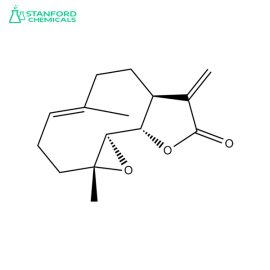
| Available Sizes | 30 capsules, 60 capsules, 90 capsules |
|---|---|
| Key Ingredient | High-quality, pure Parthenolide extract |
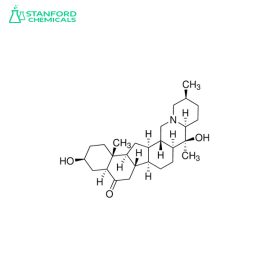
| Available Sizes | 30 capsules, 60 capsules, 120 capsules |
|---|---|
| Key Ingredient | High-quality Peiminine extracted from the finest Fritillaria bulbs |
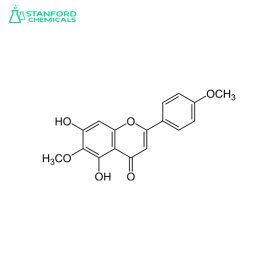
| Available Sizes | 30 capsules, 60 capsules, 120 capsules |
|---|---|
| Key Ingredient | High-quality, pure Pectolinarigenin extract |

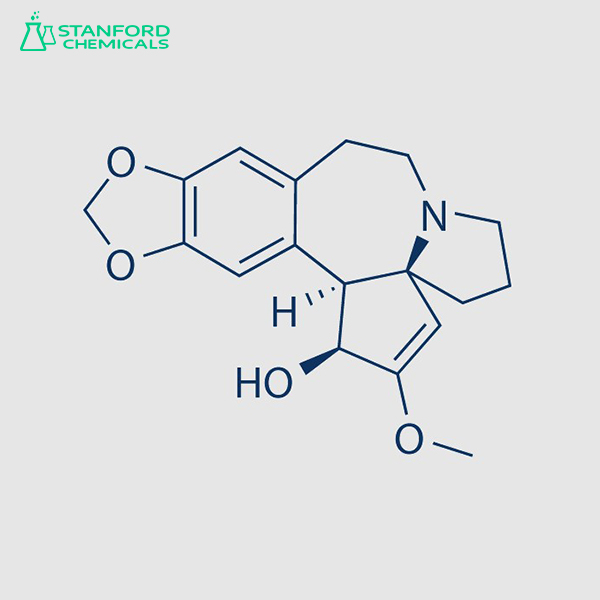
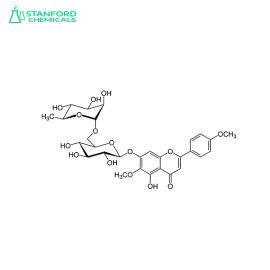
Reviews
There are no reviews yet.